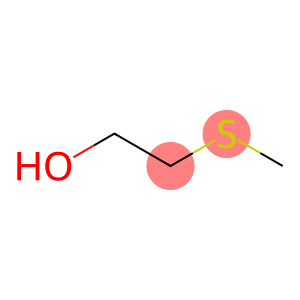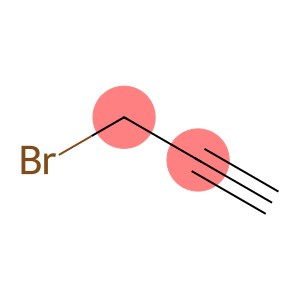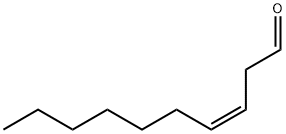2-(Methylthio )ethanol(CAS#5271-38-5)
| Risk Codes | 20/21/22 – Harmful by inhalation, in contact with skin and if swallowed. |
| Safety Description | S23 – Do not breathe vapour. S24/25 – Avoid contact with skin and eyes. S36/37/39 – Wear suitable protective clothing, gloves and eye/face protection. |
| UN IDs | 2810 |
| WGK Germany | 3 |
| FLUKA BRAND F CODES | 13 |
| HS Code | 29309090 |
| Hazard Class | 6.1 |
| Packing Group | III |
Introduction
2-Methylthioethanol, also known as 2-methylthioethanol, is an organic compound. The following is an introduction to its properties, uses, manufacturing methods and safety information:
Quality:
- Appearance: 2-Methylthioethanol is a colorless to light yellow liquid.
- Odor: Has a strong smell of hydrogen sulfide.
- Solubility: Soluble in water and some organic solvents such as alcohols and ethers.
- Properties: It is sensitive to air and can be oxidized to disulfide, which is easy to cause combustion.
Use:
- Chemical synthesis: 2-methylthioethanol can be used as an intermediate in organic synthesis.
- Detergent: It can be used as a surfactant and detergent in the preparation of detergents.
- Alcohol flame retardant: 2-methylthioethanol can be used as an alcohol flame retardant.
Method:
2-Methylthioethanol can be prepared by:
- Thioethanol is formed by reaction with methyl chloride.
- Ethiohydrazine is formed by reaction with ethanol.
Safety Information:
- 2-Methylthioethanol has a pungent odor and may cause eye and skin irritation when touched.
- When inhaled, it can cause respiratory irritation and chest discomfort.
- Swallowing or ingesting large amounts may cause poisoning, causing gastrointestinal upset.
- Wear appropriate personal protective equipment such as gloves and safety glasses when using.
- When operating, keep away from open flames and high-temperature areas to avoid triggering combustion.








